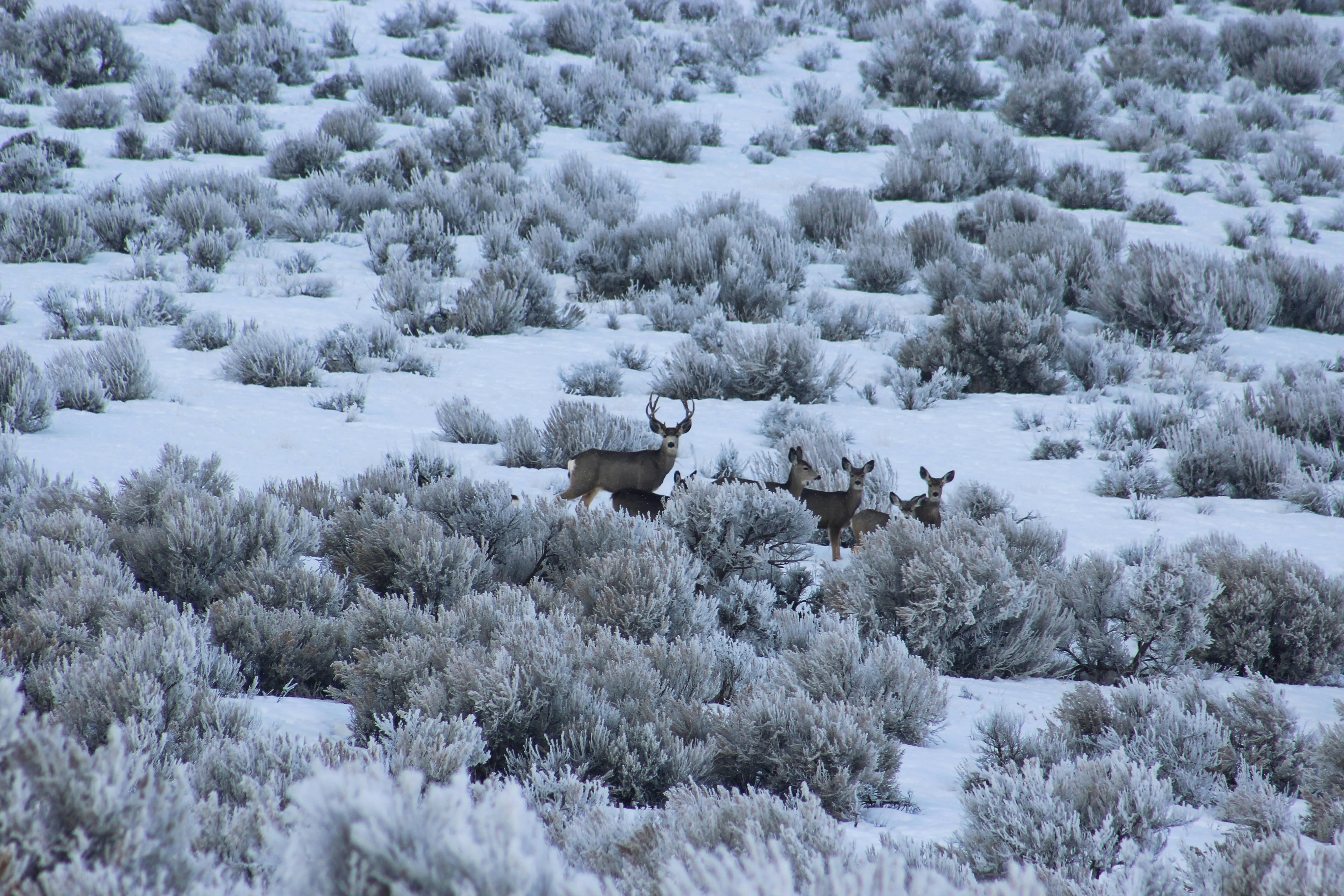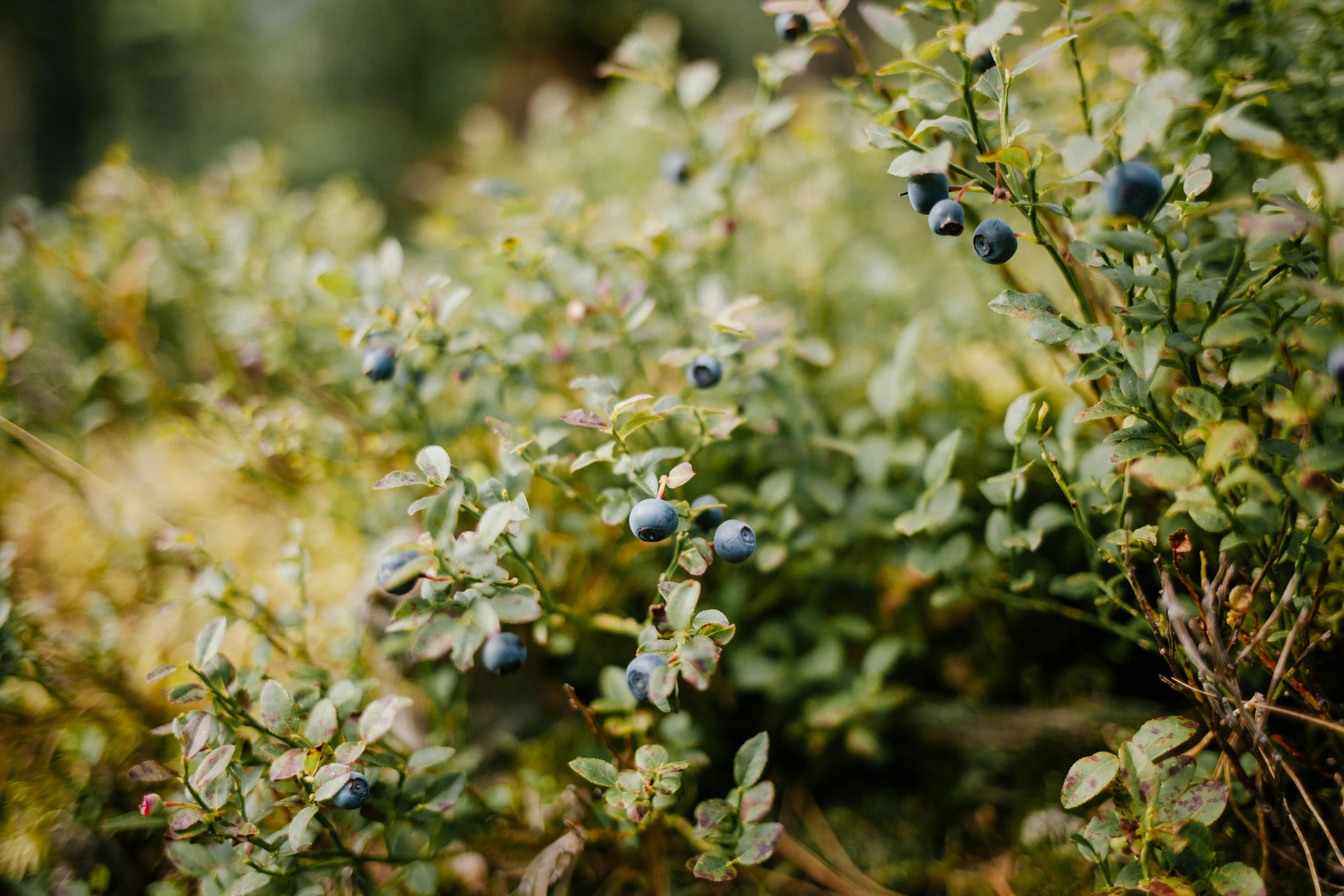Winterizing blueberry bushes is an important part of maintaining a healthy and thriving bush. Blueberry bushes are hardy shrubs that can withstand cold temperatures well, but must be properly protected during the winter months to ensure their survival. With a few simple steps, you can easily winterize your blueberry bushes and keep them safe until spring. Read on to learn about the best ways to winterize blueberry bushes.Preparing blueberry bushes for winter involves a few simple steps. First, remove any dead or diseased branches, and prune the bush to help it grow more vigorously in the spring. Second, mulch around the base of the bush with a 3-4 inch layer of organic material to protect its roots from cold temperatures. Third, water your blueberry bush regularly throughout the fall season so that its roots stay hydrated when temperatures start to drop. Finally, wrap the bush with burlap or other breathable fabric to shield it from cold winter winds and extreme temperatures. Following these steps will help your blueberry bush survive winter and thrive in the coming spring!
Preparing Blueberry Bushes for Winter
When winterizing blueberry bushes, it is important to take the right steps to ensure the plants are healthy and prepared. Pruning is a great way to rejuvenate the plants and make sure they are growing in a healthy way. Prune away any dead or diseased branches, as well as any that are growing in an unnatural direction. Remove any weak branches that may be damaged by heavy snowfall or strong winds in the winter months.
Next, apply a layer of mulch around the base of the plant to help insulate it from cold temperatures. A good layer of mulch will also keep moisture in and help keep weeds away from the roots. Mulching should be done after pruning and before winter arrives.
It is also important to water regularly during the fall months, even if there has been plenty of rain throughout the summer. This will help ensure that the soil stays moist and that there is enough moisture for the plants when winter arrives. Make sure to water deeply, so that water reaches all of the roots of the plant.
Finally, make sure to cover your blueberry bushes with a tarp or other protective covering if you live in an area with harsh winters. This will help protect them from cold temperatures and wind damage during those colder months. Make sure to remove this cover once spring arrives so that your blueberry bush can get some much needed sunlight!
Step 1: Prune in Late Summer or Early Fall
It is important to prune blueberry bushes before winter sets in. Pruning should be done in late summer or early fall, when the weather is still warm enough for new growth. This will give the plants time to recover from pruning and will help them produce a bigger crop of berries the following year.
Step 2: Cut Away Dead or Diseased Branches
The first step in pruning blueberry bushes is to remove any dead or diseased branches. This will help prevent the spread of disease and ensure that healthy growth can take place. If you find any dead or diseased branches, you should cut them away as soon as possible.
Step 3: Thin Out Crowded Branches
Blueberry bushes can become overcrowded if they are not pruned regularly. To keep your blueberries healthy, it is important to thin out crowded branches so that there is adequate space for new growth and sunlight can reach all parts of the bush. This will also help ensure that air circulation is good and that diseases do not spread easily between branches.
Step 4: Cut Back Long Branches
If you find any branches that are too long, you should cut them back to encourage more lateral growth. This will help promote a bushier shape and will make it easier for you to pick the berries when they are ripe.
Step 5: Clean Up Debris
Once you have finished pruning your blueberry bushes, it is important to clean up any debris left behind by removing leaves, twigs, and any other material left on the ground around the bush. This will help reduce disease pressure and will also make your blueberry bushes look neat and tidy.
Step 6: Mulch Around Your Blueberries
Finally, it is a good idea to mulch around your blueberry bushes with leaves or straw before winter sets in. Mulching helps protect roots from cold temperatures and also helps keep weeds at bay so they don’t compete with your plants for moisture and nutrients.
Essential Supplies Needed For Winterizing Blueberry Bushes
Winterizing blueberry bushes is an important part of maintaining healthy plants and ensuring a good crop of berries each year. To do this, you’ll need to have the right supplies on hand to ensure that your plants are properly protected from the elements. Here is a list of essential supplies needed for winterizing blueberry bushes:
Mulch – Mulch helps to protect the roots of your blueberry bushes from extreme cold and helps keep the soil around your plants moist. Look for organic mulch such as straw, shredded leaves or wood chips.
Fertilizer – Fertilizing your blueberry bushes with a balanced fertilizer is essential for helping them thrive during the winter months. Be sure to choose one that is specially formulated for acid-loving plants like blueberries.
Pruning Shears – Pruning shears are essential for keeping your blueberry bushes in check and promoting healthy growth. Be sure to use sharp blades, and trim away dead or diseased branches to encourage new growth in the spring.
Insecticides – Insecticides can help protect your blueberry bushes from insect pests that may try to feed on them during the winter months. Make sure to use a product that is specifically designed for use on edible plants like blueberries, and always follow label instructions carefully.
Burlap Bags – Burlap bags can be used to cover your blueberry bushes during especially cold weather when temperatures drop below freezing. Be sure to remove the burlap bags after temperatures rise again in order to prevent overheating of the roots and leaves of your plants.
By having these supplies on hand before winter arrives, you will be better prepared for protecting and caring for your blueberry bushes throughout the season and improving their chances of producing a plentiful crop come springtime!
Soil Preparation Tips For Winterizing Blueberry Bushes
Winterizing your blueberry bushes is essential for them to remain healthy and produce fruit in the spring. One of the most important steps is to make sure that the soil they are planted in is properly prepared. Here are some tips for soil preparation when winterizing blueberry bushes:
- Test the soil PH level at least once per year. Blueberries prefer acidic soil with a PH level between 4.5 and 5.5. If your soil tests outside this range, you may need to amend it with sulfur or lime.
- Add organic matter such as compost or mulch to the soil around the bushes in order to improve drainage and aeration, both of which are important for healthy plant growth.
- A layer of straw or hay should be added on top of the soil in order to protect it from extreme cold temperatures and provide insulation.
- Make sure that the crowns of the bushes are covered with at least 2-3 inches of mulch in order to help retain moisture and protect against freezing temperatures.
By following these tips for soil preparation when winterizing your blueberry bushes, you can ensure that they will remain healthy and produce a bountiful crop come springtime!

The Benefits Of Mulching Before Winterizing Blueberry Bushes
Mulching is an important step in winterizing blueberry bushes. It helps to protect the roots of the plants, provides insulation during cold weather, and can prevent weeds from growing. Mulch also helps to retain moisture and can improve the soil’s fertility and structure. The best time to mulch blueberry bushes is in late autumn before the first frost.
Mulching blueberries helps to insulate their roots from extreme temperatures during the winter months. A layer of mulch, such as straw, leaves, or wood chips, will keep the soil temperature more consistent and provide insulation from fluctuating temperatures. By doing this, it will help to protect the roots from freezing, which can cause damage or even death to your blueberry bushes.
Mulching also helps to prevent weed growth around your blueberry bushes during the winter months. Weeds compete with plants for soil nutrients and water, so by mulching you are helping to reduce competition for these resources. In addition, mulch acts as a barrier against weeds that may try to take hold in your garden bed.
Mulch also helps improve soil fertility and structure by providing organic matter that slowly breaks down over time releasing nutrients into the soil which can help nourish your blueberries during the growing season. Additionally, mulch retains moisture in the soil which is beneficial because it prevents plants from drying out and becoming stressed due to lack of water during hot weather periods.
Overall, mulching before winterizing your blueberry bushes is beneficial as it provides insulation for their roots; prevents weed growth; improves soil fertility; and retains moisture in the soil for optimal plant health throughout the year.
How To Insulate and Protect Blueberry Bushes During Winter
Winter can be a difficult time for blueberry bushes. The cold temperatures can cause damage to the foliage and berries, making it important to take the necessary steps to protect them. Insulating and protecting blueberry bushes during winter can help ensure that they make it through the cold season unscathed. Here are some tips on how to do this:
The first step to insulating and protecting blueberry bushes in winter is to mulch them heavily. Mulch helps trap moisture in the soil, which is important for keeping the root systems of the blueberry plants warm and healthy. Apply a layer of organic mulch at least four inches thick around each bush, and make sure to leave some space between the mulch and the trunk of each bush.
Another important step is to cover the bushes when temperatures dip below freezing. Covering blueberry plants with a sheet, tarp, or burlap helps keep them warm during extended periods of cold temperatures. Make sure that the fabric covers all parts of the bush, including any exposed fruit or flowers. Secure the fabric with stakes or rocks so that it doesn’t blow away in strong winds.
You should also avoid pruning or trimming your blueberry bushes during wintertime as this can leave them vulnerable to cold damage. Wait until late winter or early spring before pruning any dead or damaged branches off your plants. This will help ensure that your plants are able to survive even through harsh winter weather conditions.
Finally, make sure that you provide your blueberry bushes with adequate water during wintertime as well. The soil around your plants should remain slightly damp in order for them to survive through cold temperatures without suffering too much damage. Pay attention to any signs of wilting or yellowing foliage as this could be an indication that more water is needed for your plants’ survival.
By following these tips, you can help ensure that your blueberry bushes will stay healthy even during harsh winter weather conditions. Insulating and protecting your plants from extreme cold temperatures is essential for their survival during this time of year, so make sure you take all necessary steps to do so!
Identifying and Treating Disease or Pest Problems Before Winterizing Blueberry Bushes
Blueberry bushes are vulnerable to disease and pest problems that can quickly spread throughout the plant if not treated. Before winterizing blueberry bushes, it is important to identify any existing disease or pest problems that may be present. By doing so, you can take steps to address the issues before the cold weather sets in.
In most cases, the first sign of a disease or pest problem will be wilting or discoloration of the leaves. If you notice this, you should examine the bush more closely for signs of insects or fungi. If there are visible signs of disease or pests, such as leaf spots, molds, or insect infestations, then you should take steps to treat them as soon as possible.
Fungal diseases can often be treated with fungicides that contain copper sulfate or other active ingredients. Insecticides can be used to treat insect infestations. Be sure to follow all instructions on the label when using these products and wear protective clothing when spraying them on your plants.
When treating for pests and diseases, it is important to remove any dead foliage from around the plant as well as any infected fruits that have fallen from the bush. This will help reduce the chances of reinfection in subsequent seasons. Once all disease and pest problems have been addressed, you can begin winterizing your blueberry bushes by mulching around them with two to three inches of organic material such as straw or bark mulch. This will help protect the roots from extreme cold temperatures and prevent weed growth in springtime.

Conclusion
Winterizing blueberry bushes is an important task to do in order to ensure the survival and success of your crop. By taking the time to properly prepare your berry bushes for the cold weather, you can help them survive and thrive in even the harshest weather conditions. Pruning, mulching, providing wind protection, and adding winter coverings are all great ways to keep your blueberry bushes healthy during the winter months. With a little bit of TLC, you can make sure that your blueberry bushes will be ready come spring time!
By following these steps, you can ensure that your blueberry bushes will be prepared for the winter season. With a few simple tasks each year, you can help guarantee a healthy crop of tasty berries when spring rolls around!



